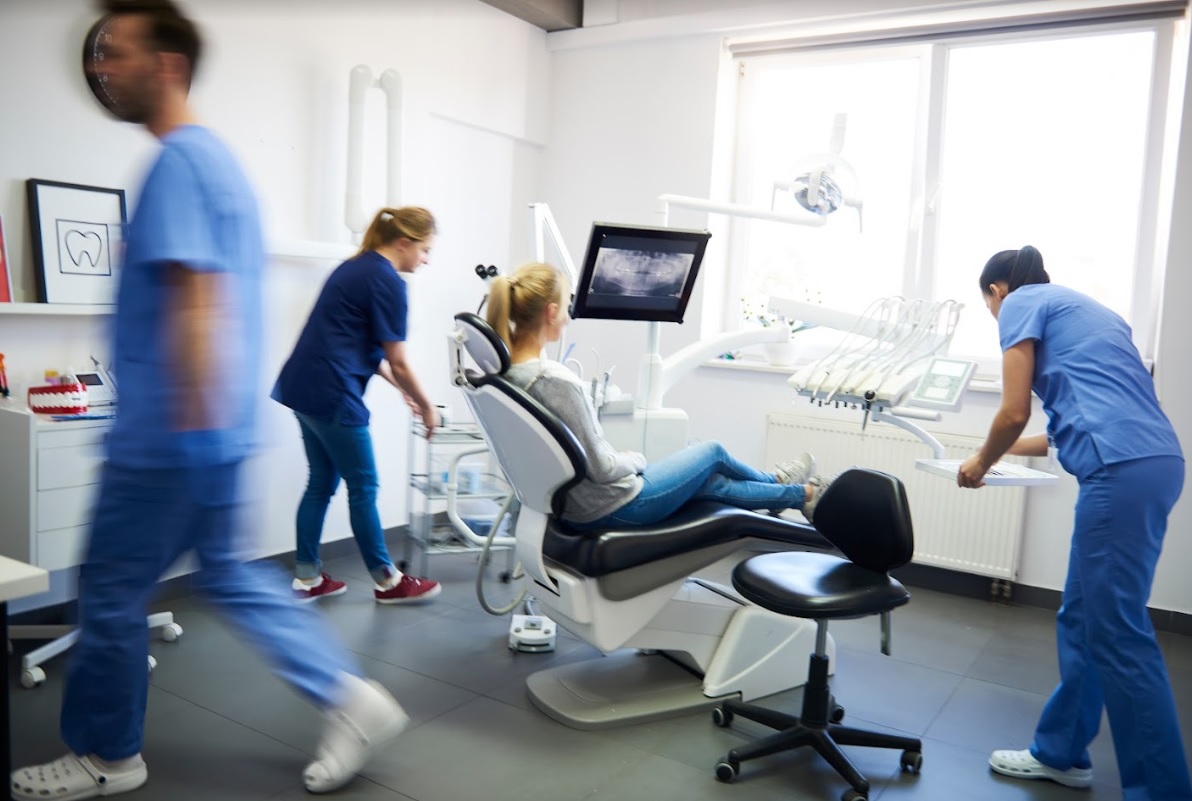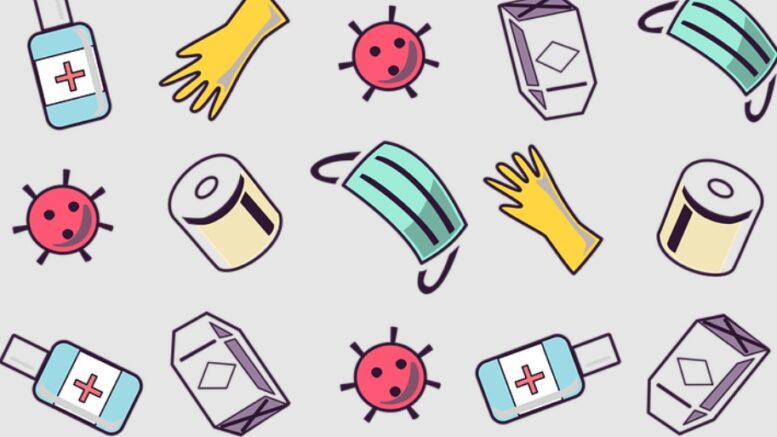Technological advancements have steadily seeped into the healthcare sector, allowing medical practitioners to focus on more patient-centered care by reducing the need for redundant tasks. The world is rapidly evolving. Not only is the population increasing by the day, but a whole generation of baby boomers is also getting old. And this means healthcare facilities must keep up with these changes and accommodate the patient influx.
The only way to do this is by embracing technology. While it may initially seem challenging and overwhelming, advanced tech tools and resources serve as the ultimate solution. Even something as small as an automatic blood pressure monitor is a technological advancement that makes it easier to accurately check the patient’s blood pressure. As a healthcare professional, do not hesitate from resources that make medical intervention possible; below are some tips to help you align yourself with these changes.
Integrate New Technology into the Healthcare Model
Technology doesn’t refer to software and digital programs alone but includes any tool to make your work easier. For instance, there was a time when hospitals used old filing cabinets to organize their documents and apparatus. But, ensuring these cabinets stayed intact and did not get cluttered was impossible. However, then came along a smart system that allows you to reshuffle and move shelves, giving you ample space to store files and medical equipment without disturbing the organization.
You can learn more about this unique filing network by looking up the Innerspace healthcare casework and understanding how this storage method is far superior to the old-school way of doing things, making it a type of technological advancement.
Similarly, any resource, such as an automatic notification system when a patient’s IV is done, should get added to the healthcare model as they make work easier.
Encourage Patients to Become Tech Savvy
Patients can also benefit immensely from technology. So, encourage them to look into healthcare technology designed specifically for their use. These include remote monitoring gadgets like smartwatches, which have a built-in biosensor that detects a patient’s heart rate, blood oxygen, and heartbeat. The watch then sends this information back to the patient’s smartphone, which they can share with their health providers.
Devices like connected inhalers also help patients with asthma track usage and prompt them to take a dosage anytime it detects a drop in the breathing rate. These resources give patients a degree of autonomy that will boost their health and make it easier for medical practitioners to look after them. Patients are also less dependent on healthcare providers to learn more about their well-being, which reduces the burden on the medical sector by tenfold.
Attend Workshops and Seminars
Workshops and seminars help you stay in the loop of what’s happening in the medical sector. These platforms allow you to meet the pioneers behind some of the most revolutionary tech gadgets and medicines. You get to ask questions, learn more and meet other medical experts, which adds to your understanding.
These seminars also inform you about futuristic products that are still in the making. As a healthcare expert, the knowledge you gain here, you can pass it along to your juniors by educating them about healthcare technology and guiding them to online resources. And, when the time comes, conducting workshops and training to familiarize the healthcare practitioners with the latest healthcare tool.

Use Technology to Protect Patient Data
As a healthcare professional, you must protect patient data at all costs. The HIPAA oath requires you to secure patient data and save it from any possible leaks. A downside of digitization is the increased data breach. While sharing patient information has become significantly more manageable, stealing it has also become equally easy.
Electronic devices like pacemakers are also hackable, which can severely endanger a patient’s life. Therefore, you must take the necessary measures to protect a patient’s data. If you use IoT (Internet of Things), which is popular among many companies, you have to confirm that the endpoint is up-to-date so that there are no weaknesses in your database that allow hackers to enter. Encrypt every data and ensure it is not easy to break the code and access this information. Further measures include:
- Using the latest firewall
- A patch security update
- Maintaining the hospital database on the current software
Benefits of Technology in Healthcare
Technology has many uses in the medical sector, and below depict some of the following:
Patient Data Is Increasingly Accessible
Healthcare providers like doctors and nurses can only do their job if they can access patient data. Previously, keeping a record on paper was tedious and hard to maintain. But with digitization, patient information has become easier to share by using the cloud. This wireless data transfer allows any relevant medical staff member to look into the patient’s data and use it for billing or diagnostic purposes. Electronic health records (EHRs) enable seamless sharing of data. These store a patient’s information digitally, allowing the healthcare staff to access it if needed.
Drastic Reduction in Medical Errors
The healthcare sector cannot afford medical errors. A misdiagnosis, wrong treatment plan, and mistake in a patient’s history can all end in a disaster. According to NIH (National Institutes of Health), medical errors cost hospitals more than $20 billion annually, resulting in about 100,000 people dying. But technical tools like the Clinical Decision Support System (CDS) provides healthcare specialist with patient-specific information along with evidence-based standards, protocols, and guidelines that can facilitate healthcare doctors in making their choice.
Nanotechnology Has Made Diagnosing More Straightforward
Nanotechnology has catalyzed the way medical professionals carry out diagnoses. For instance, through the principle of nanotechnology, researchers at Johns Hopkins University used nanoimprint lithography to create a sensor that detects viruses by scanning a patient through a handheld device. On the other hand, researchers at the Polytechnic Institute used carbon nanotubes in chips to detect cancerous cells within the bloodstream. It saves patients from undergoing extensive biopsies and examinations to know if they are sick.
Final Thoughts
Technology has made life significantly more uncomplicated, so why not incorporate it into a sector like healthcare? Hospitals are busy around the clock. They have to work with numerous patients daily to ensure they are well cared for. Since medical professionals are shouldering such a massive burden, including technological advancements in the pictures makes sense.
Technology can help you in many ways. For one, it can reduce your workload, decrease the chances of making an error, and more effectively diagnose patients. Furthermore, it can enhance patient security and keep their data safe through simple security software.
